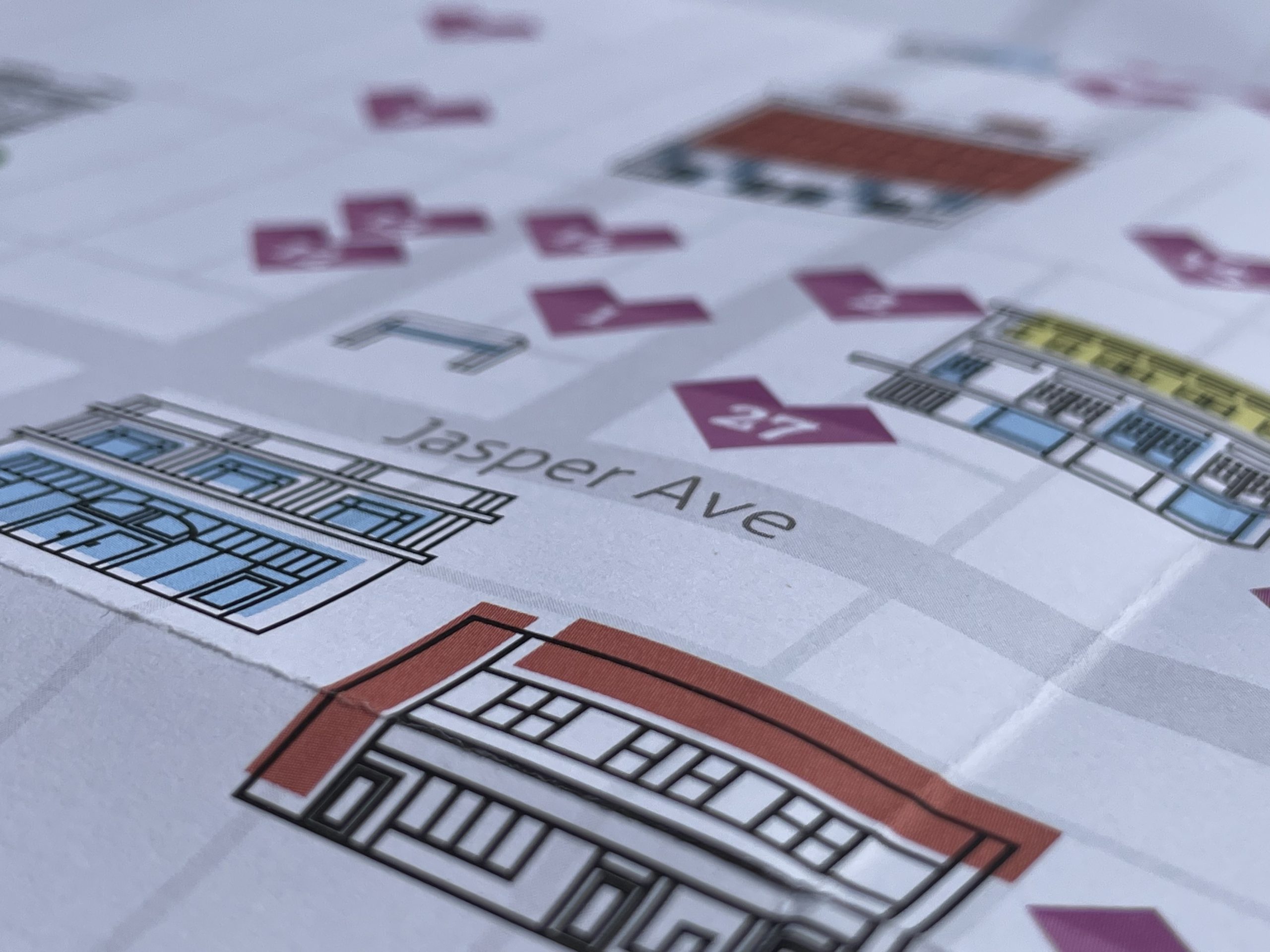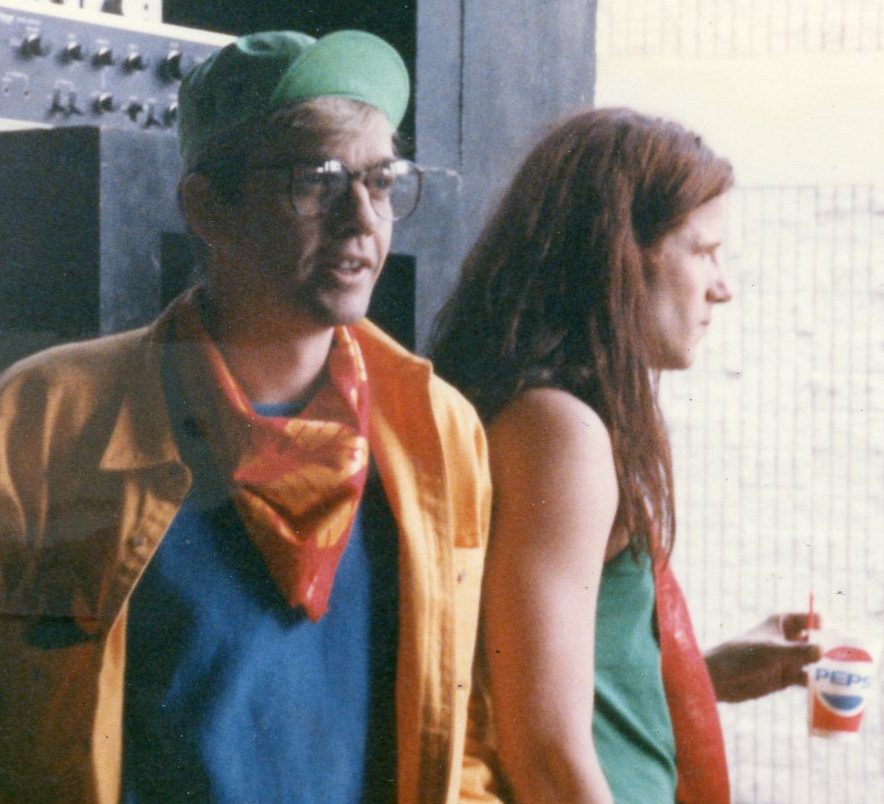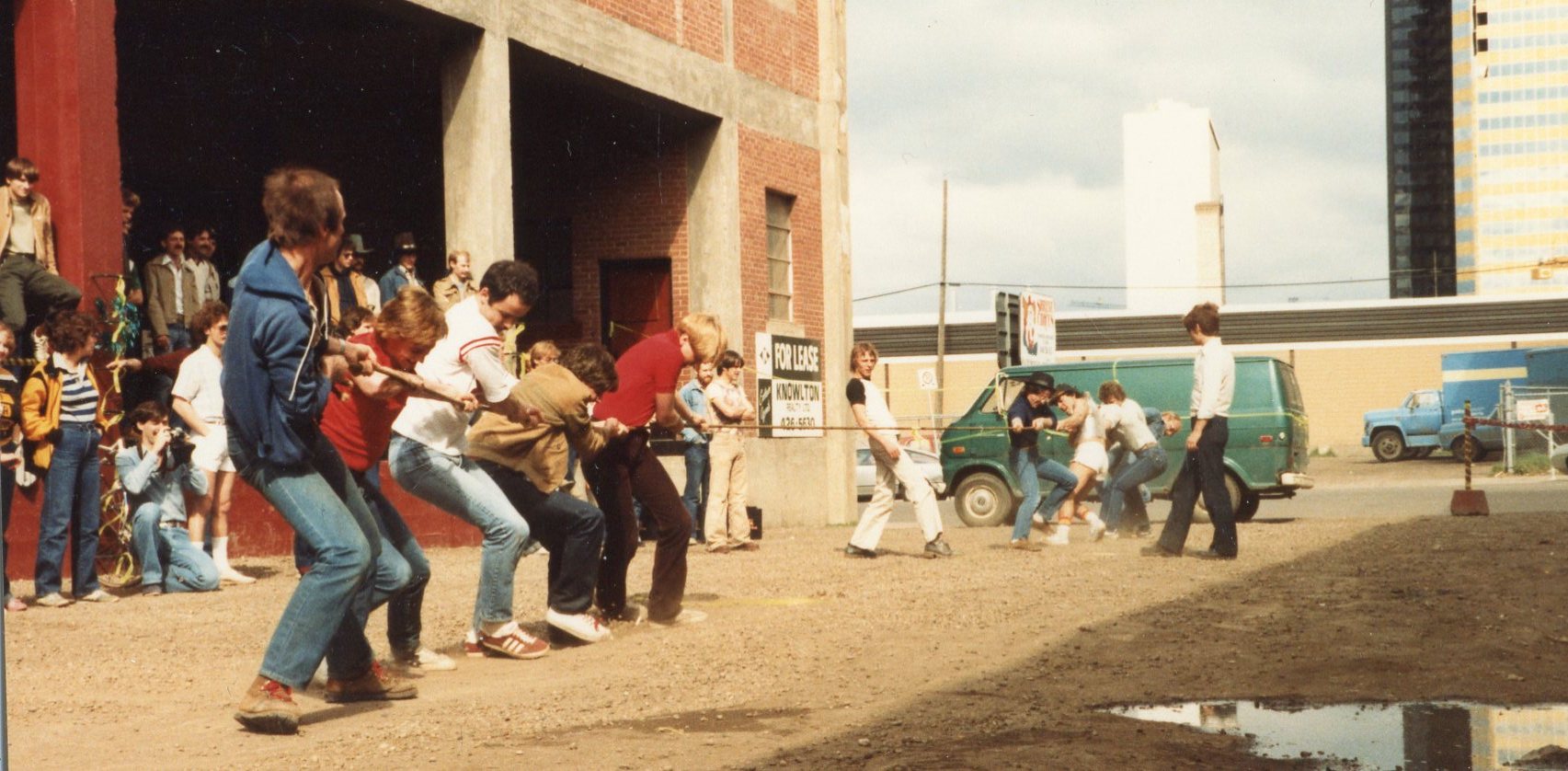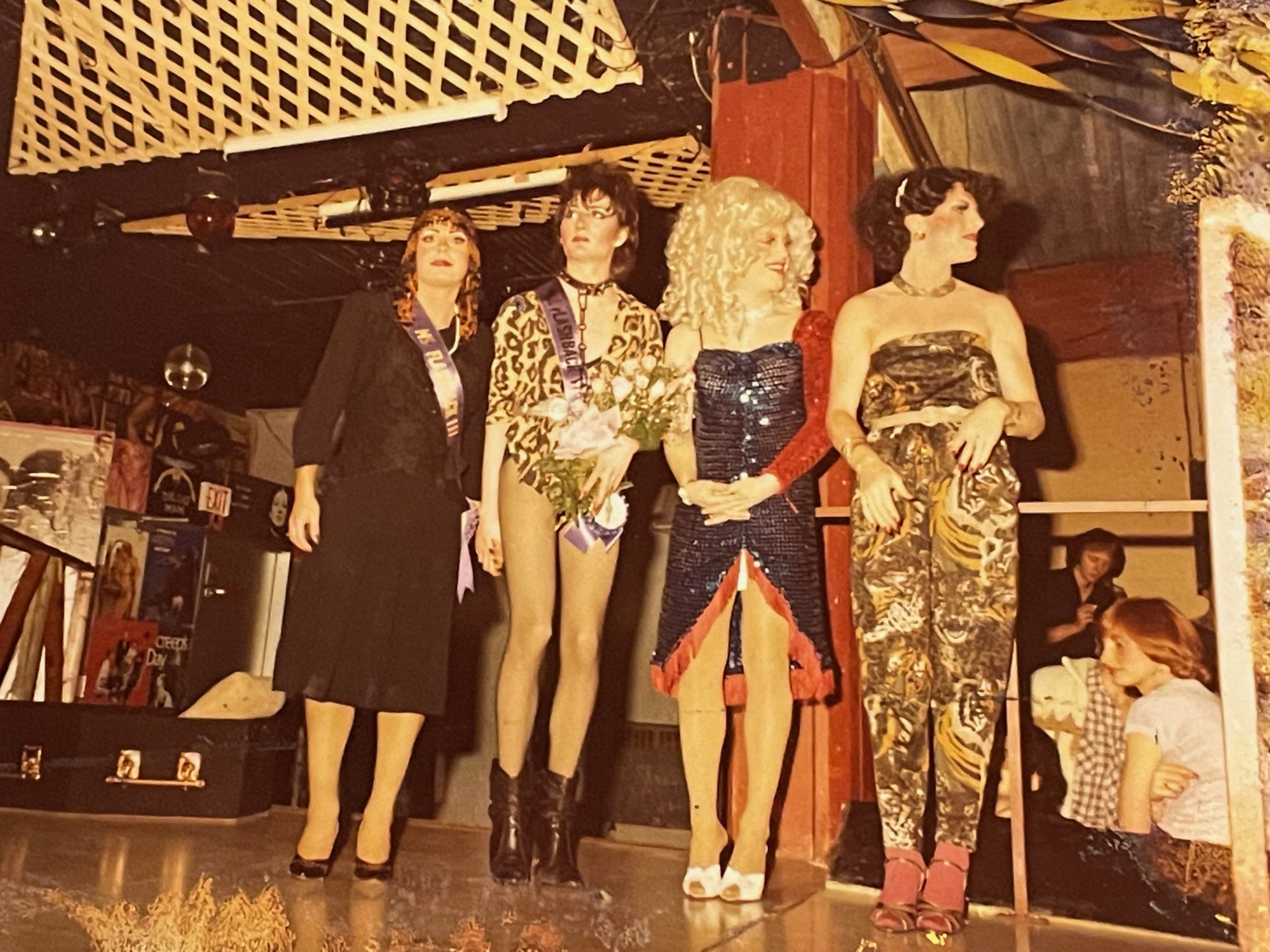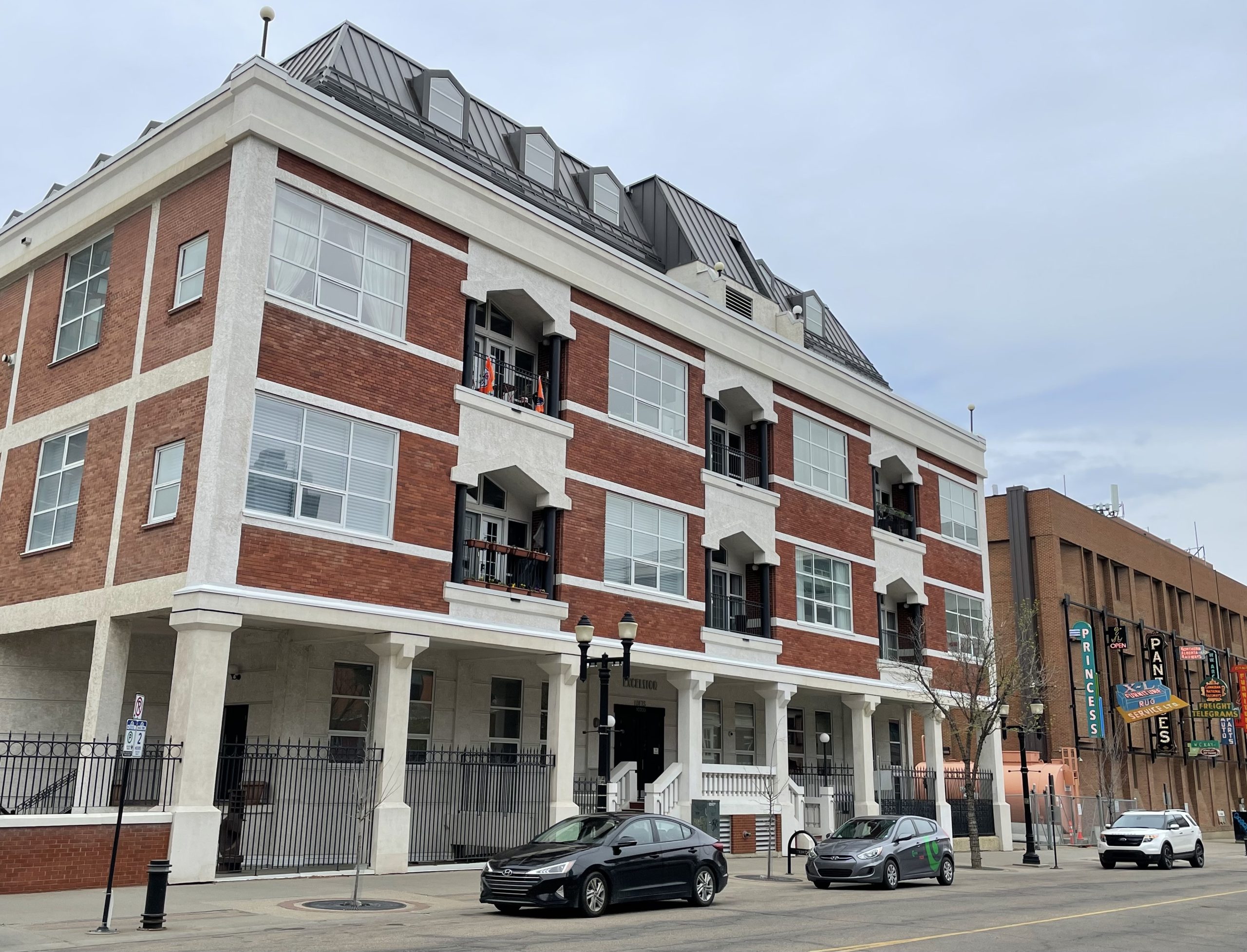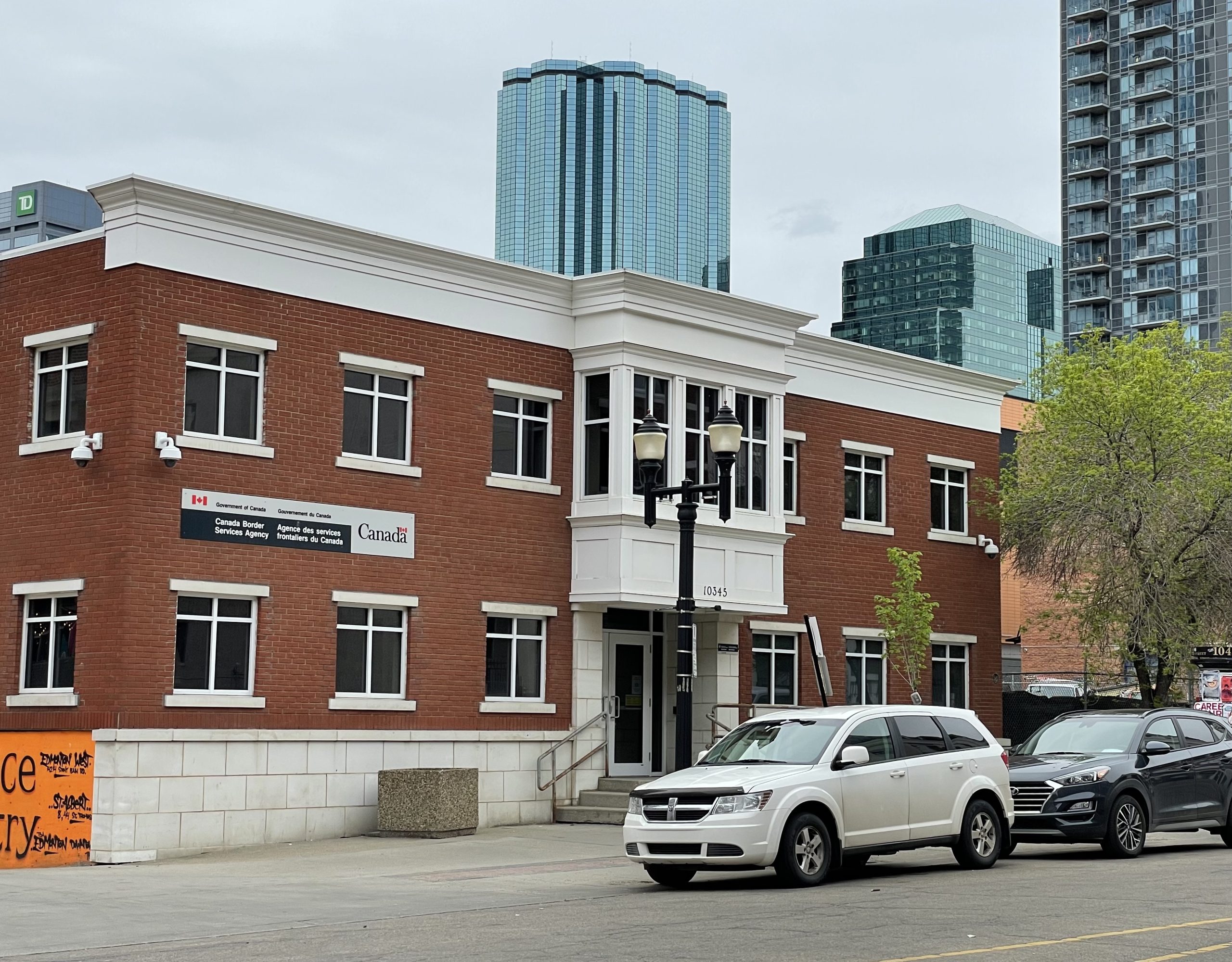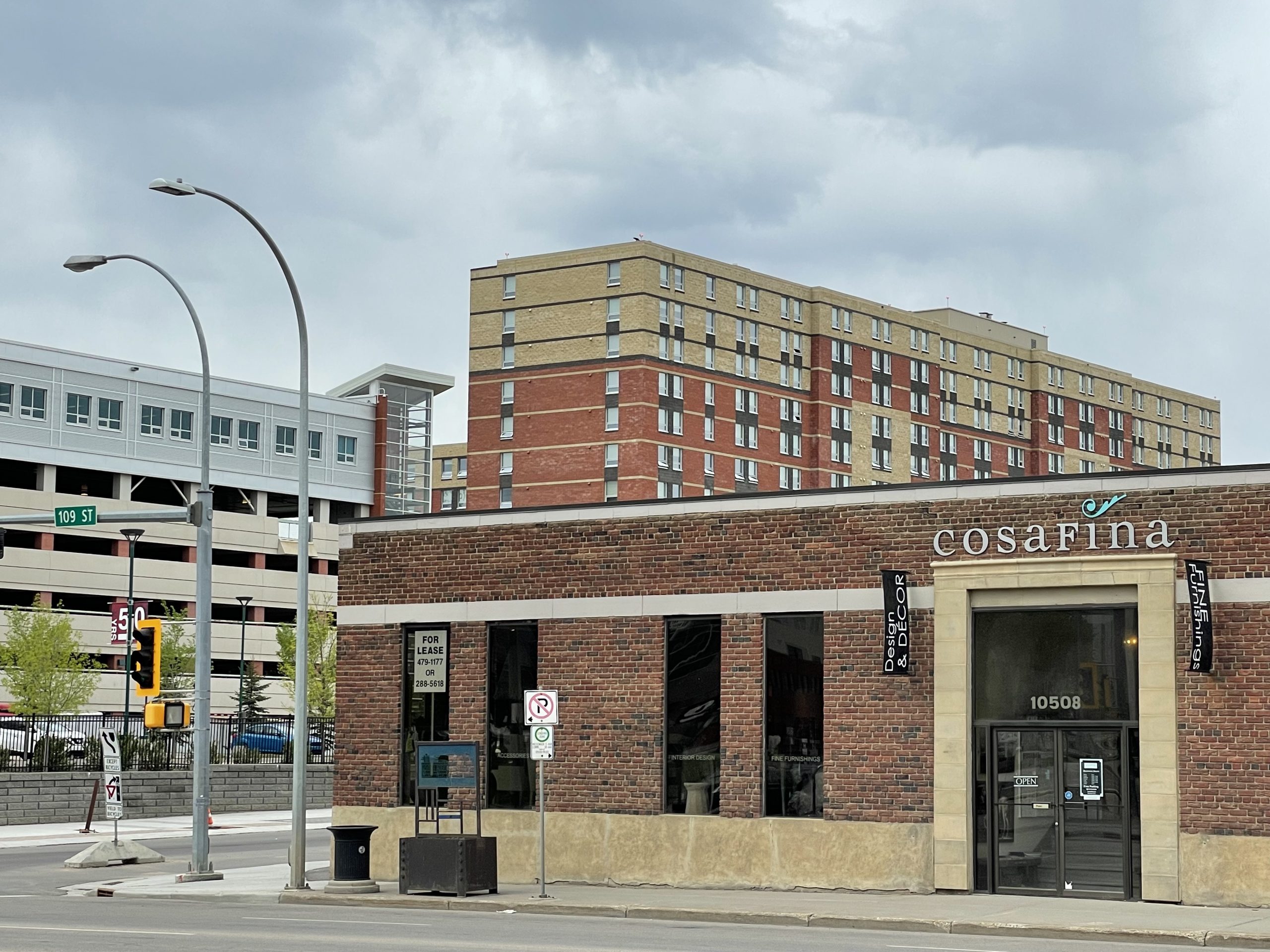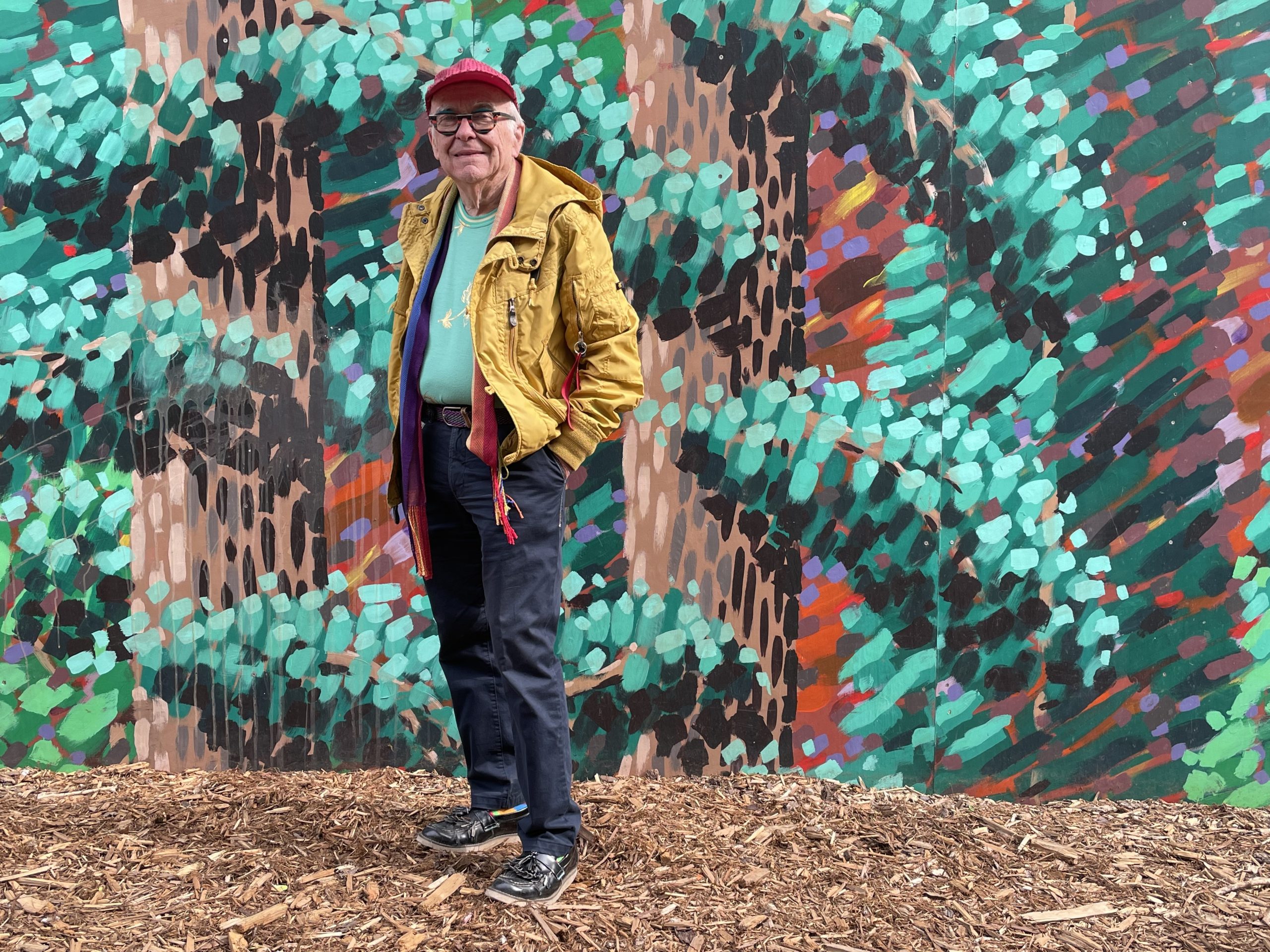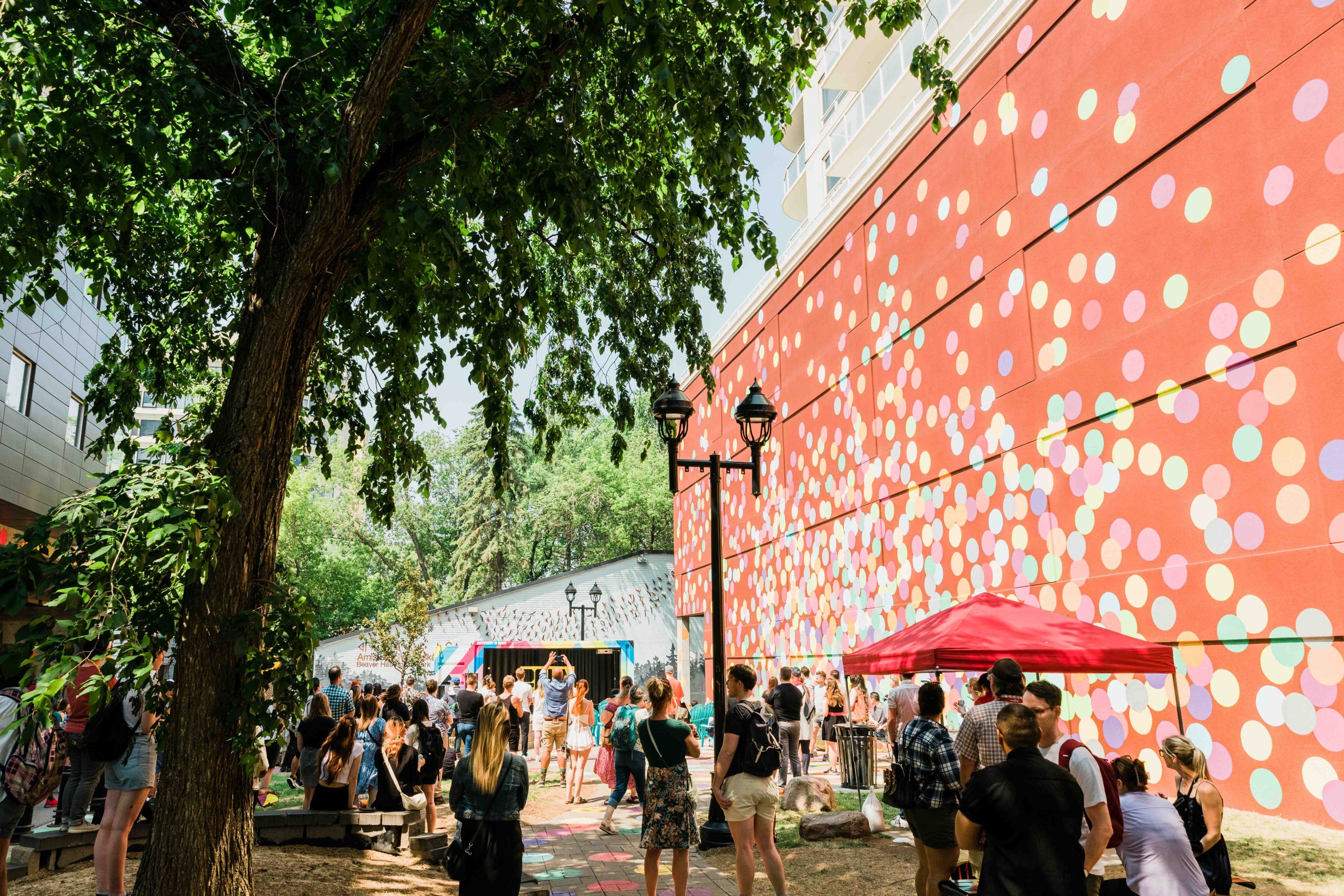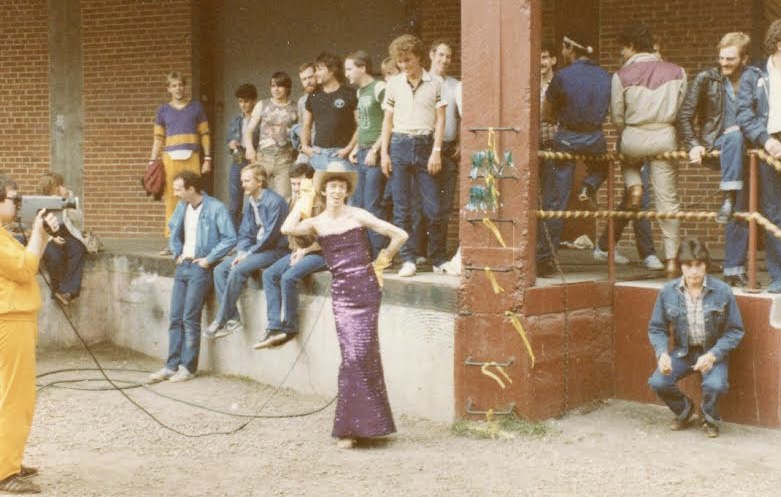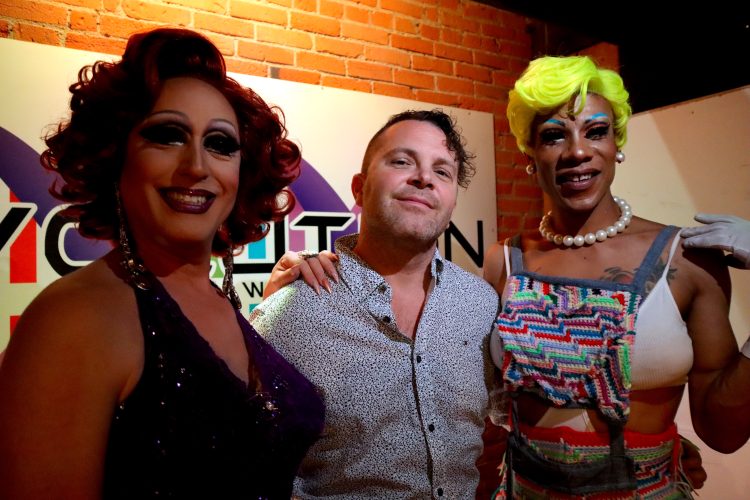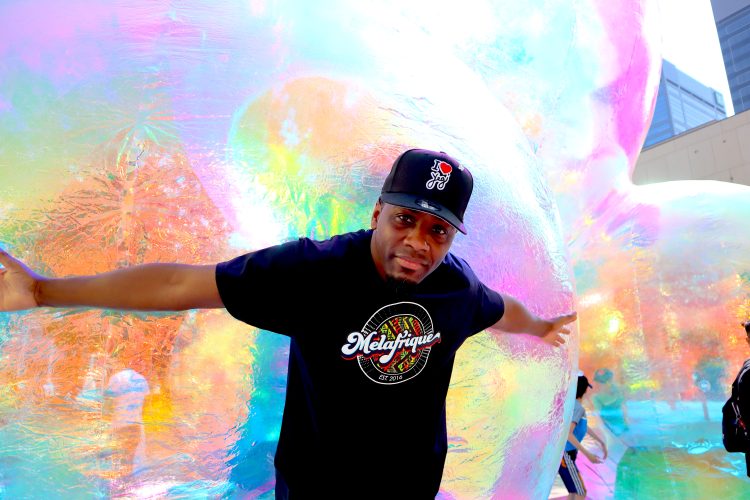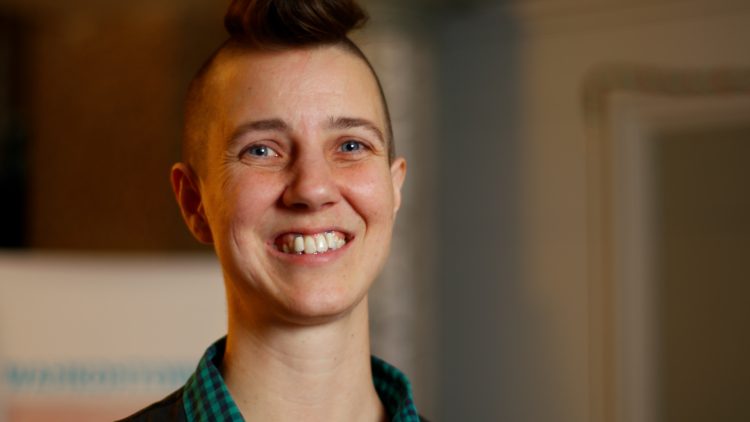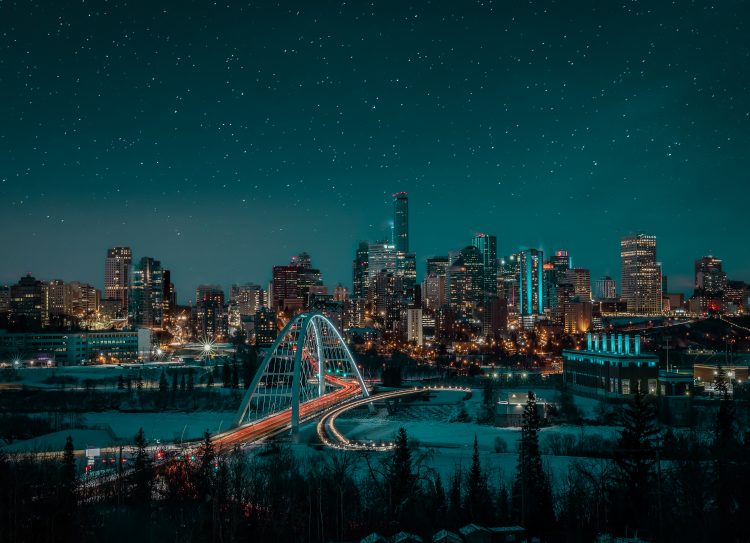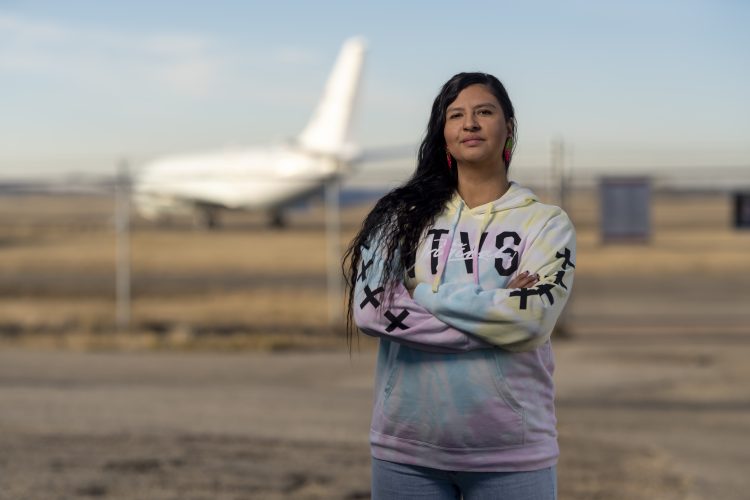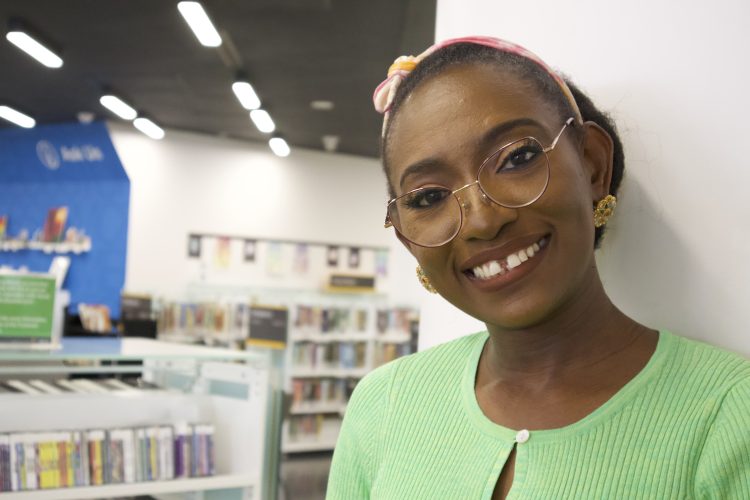Learn from the past
Dimple Thomas took one of the EQHP’s walking tours during a recent visit to Edmonton. She’s an engineering manager from Ottawa. “I am part of the queer community,” she says.
“I think it’s important to learn about the sacrifices it took that generation to make [the world] a safer place for us. I think it’s very easy to forget how it was, and we’re not all the way there either, so it’s important to learn from the past.”
Michael Phair, a member of the EQHP, was one of the men rounded up in the Pisces Health Spa raid. He was found guilty, but unlike most of his peers, he successfully appealed his conviction.
“That was certainly a harrowing experience,” he says. “We had to go before the courts and the judges. It was a long, drawn-out affair and it weighed on you. And for those who pled guilty, it certainly weighed on them, because then they had a criminal record. A number of people left the city to never return.”

